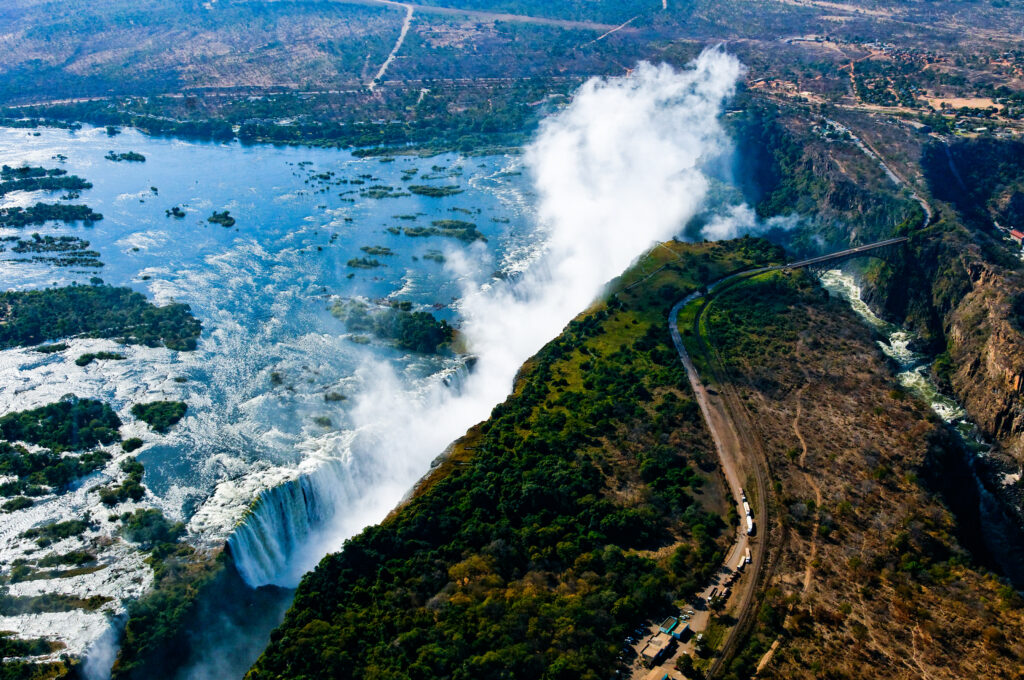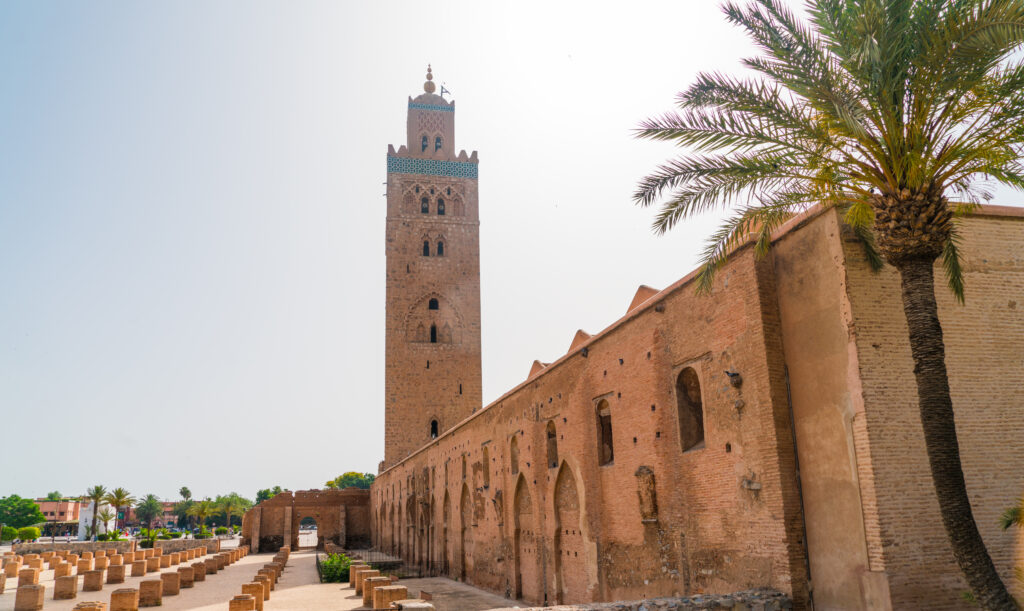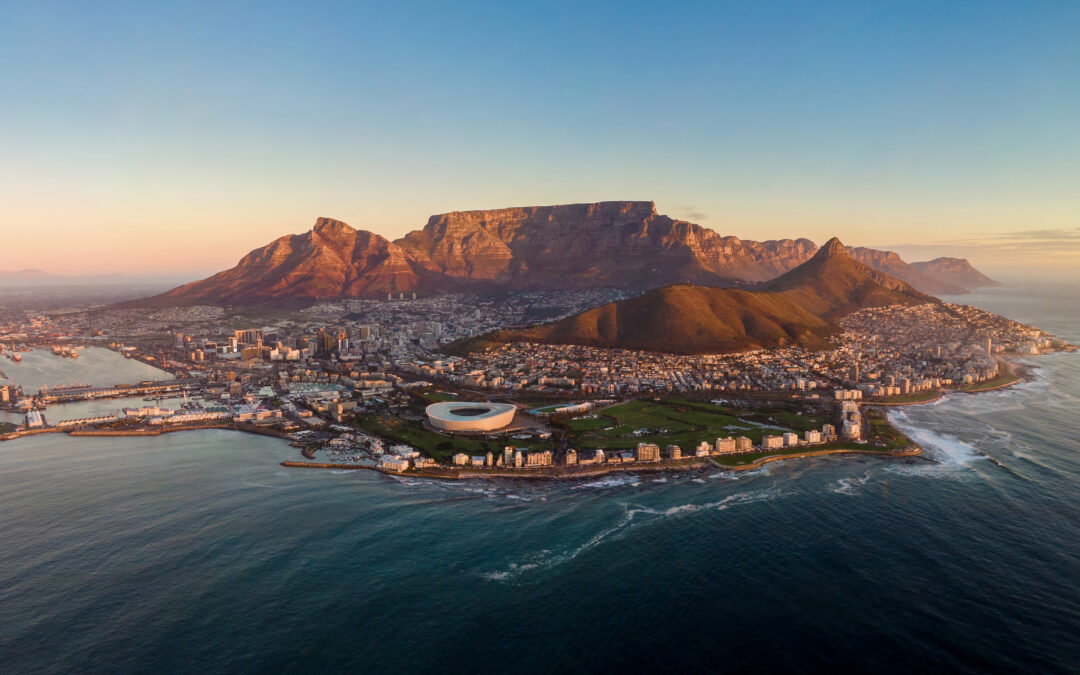Explore the continent’s beauty, culture, and wildlife while avoiding peak-season prices and packed tours
Travelers often dream of African safaris, scenic coastlines, and colorful cities—but few consider what those experiences are like when the crowds are gone and prices drop. Off-season travel in Africa offers a quieter, more affordable, and often more intimate way to explore the continent. From green landscapes to personalized tours, it might just be the best-kept travel secret.
Below are some of the best destinations to explore during Africa’s low season and why it’s worth timing your trip a little differently.

Why Off-Season Travel Works So Well in Africa
Fewer People, More Perspective
In popular safari spots, cities, and natural landmarks, traveling in the off-season means less competition for views, reservations, and local interactions. You’ll often get a deeper cultural experience and more flexible itineraries.
Big Savings on Lodging and Tours
Many lodges, hotels, and tour companies offer significant discounts during low season. This can allow you to extend your stay, upgrade your accommodations, or explore multiple regions within the same trip budget.
Greener Landscapes and Unique Wildlife Experiences
In many parts of Africa, rainy or transitional seasons turn landscapes lush and vibrant. You might see newborn animals, migrating birds, or swollen waterfalls that aren’t visible during dry months.
Best Off-Season Destinations in Africa
Kenya and Tanzania (March to May)
Often overlooked due to rain, these months bring vibrant green plains, fewer vehicles on safari drives, and fantastic photo opportunities. Wildlife is still active, and accommodations are easier to book.
South Africa (May to September in the North, January to March in the South)
Cape Town’s off-peak months bring fewer tourists and excellent rates, while Kruger National Park in the north offers prime wildlife viewing in the dry winter season. You can experience both city culture and safari adventure in one well-timed trip.
Morocco (June and September)
Avoiding the hottest and most tourist-heavy months means better access to markets, mountain hikes, and coastal towns. You’ll also find more room to breathe in cities like Marrakech, where narrow streets and medinas can get crowded quickly in peak season.
Uganda and Rwanda (March to May, October to November)
These shoulder seasons make gorilla trekking more accessible and affordable. Forests are lush, trails are quieter, and you’ll have more chances for meaningful wildlife encounters.
Zambia and Zimbabwe (December to April)
These months bring green beauty to Victoria Falls and surrounding regions. Though some safari roads may be muddy, the landscapes are stunning and tourism is lighter, allowing for better deals and personal attention.

Travel Tips for Visiting Africa Off-Season
- Pack for variable weather. Rain gear, breathable layers, and waterproof bags help you stay comfortable during unpredictable bursts of rain or cooler evenings.
- Embrace slower travel. Delays can happen with seasonal rains, but this gives you a chance to slow down, stay flexible, and enjoy each stop at your own pace.
- Talk to locals and guides. With fewer tourists, you’ll often get more meaningful conversation, customized advice, and a better sense of everyday life in the region you’re visiting.

